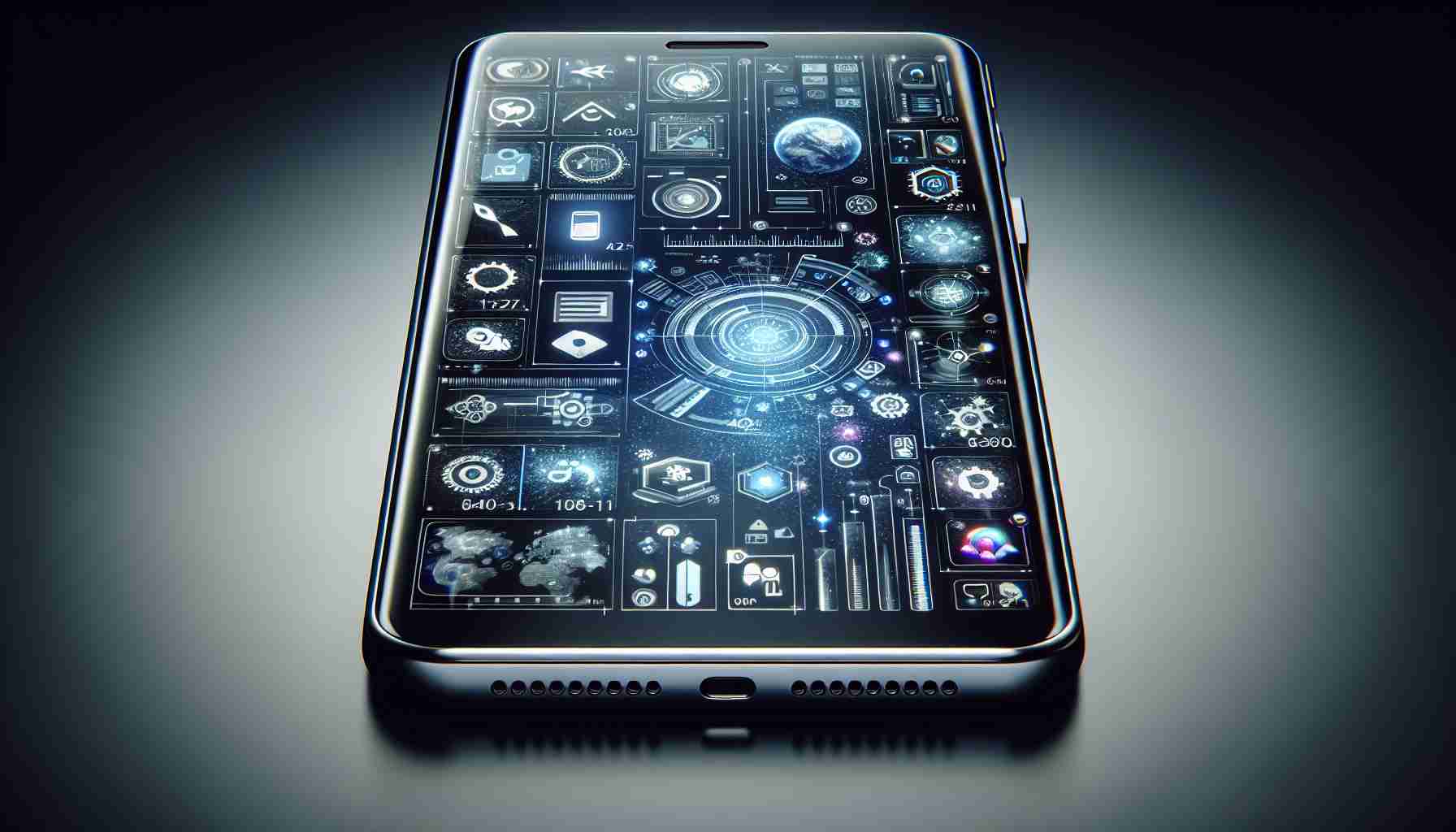In the ever-evolving world of energy storage, groundbreaking developments often redefine what’s possible. Today, the spotlight is on High Performance Battery (HPB), which has developed the world’s first production-ready solid-state battery—aptly named Solid State Battery 2 (SSB-2). As discussions around advanced technologies gain momentum, HPB’s achievement offers a compelling glimpse into the future of battery innovation.
One of the most striking promises of SSB-2 is its potential to dramatically shift the landscape for consumer electronics, electric vehicles, and renewable energy solutions. Unlike traditional lithium-ion batteries, which rely on liquid electrolytes, solid-state batteries use solid electrolytes. This essential difference translates to a slew of benefits: increased energy density, longer lifespan, and enhanced safety, given the reduction in risk of leaks and fires.
As the demand for greener and more efficient energy solutions intensifies, HPB’s innovation represents a pivotal move towards cleaner technology. The compact nature and efficiency of solid-state batteries make them especially promising for electric vehicle manufacturers seeking to extend range while reducing weight.
However, the road to mainstream adoption is paved with challenges. The mass production of these batteries at a competitive cost remains a hurdle. Proponents are optimistic that technological refinements and economies of scale will overcome this barrier, potentially ushering in a new era in energy storage.
This breakthrough underscores the transformative potential of solid-state technology, sparking conversations about a future where energy storage is not only more efficient but also more sustainable. HPB’s SSB-2 may very well be the catalyst for this paradigm shift, heralding a new chapter in technological advancement.
Solid-State Batteries: Are They the Future of Sustainable Energy?
Solid-state batteries, like HPB’s SSB-2, are sparking considerable interest and debate across various sectors. As we explore this evolving landscape, intriguing facts and controversies come to the forefront, influencing individuals, communities, and countries alike.
How do solid-state batteries impact everyday life? For consumers, these batteries promise longer-lasting smartphones and laptops, reducing e-waste—a growing concern globally. Communities could benefit from safer energy solutions as these batteries minimize fire risks. On a larger scale, countries are eyeing substantial gains in the renewable energy sector. Solid-state technology could address grid storage challenges, aiding a shift toward greener energy mixes.
But what controversies lurk beneath these promising innovations? A heated debate centers around resource availability. Solid-state batteries rely on rare materials, sparking concerns about potential supply chain bottlenecks and geopolitical tensions. Could striving for sustainable energy ironically result in resource depletion and new environmental challenges?
What are the advantages of solid-state batteries? The increased energy density can revolutionize electric vehicle (EV) ranges, offering drivers more mileage per charge. Reduced weight and size promise streamlined designs and performance improvements across various industries.
Conversely, the disadvantages cannot be ignored. High production costs and technological complexity pose significant barriers to mass adoption. While proponents argue that advancements will lower costs, skeptics question whether this timeline truly aligns with urgent sustainability goals.
As solid-state battery technology develops, it’s essential to weigh these factors. Are we witnessing a pivotal leap toward sustainable energy, or merely a step overshadowed by unresolved challenges? For further exploration and updates on this evolving field, visit Bloomberg or The Guardian.













